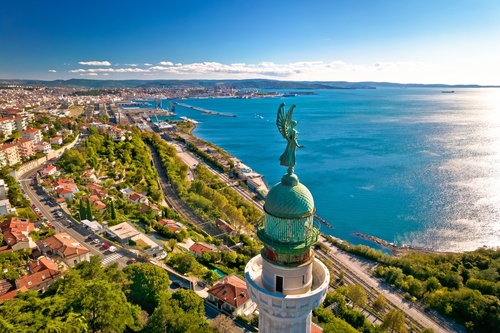Ten years ago, an apartment in Italy cost roughly three times as much as a Hungarian one, but today they are very similar, reports Portfolio.hu.
Average square meter prices in both countries are slightly above €1,750, although this is highly skewed to the upside for Hungary due to Budapest. Without the capital, Hungarian square meter prices are below €1,250.
Meanwhile, the Italian real estate market has also suffered from “1-euro houses,” an effort to attract young foreign settlers due to depopulation.
However, for many Hungarians, buying a home in Italy is an attractive option, with one of the most popular areas being the region closest to Hungary, Friuli-Venezia Giulia. Most of the Austrian, American, Hungarian and Germans buying real estate here are doing so in Trieste or Udine, a region discovered some 10 years ago by Americans and Austrians due to its low prices.
According to one survey cited by Portfolio, between 2023 and 2024, the number of Hungarian customers increased the most, by about 45 percent; Australian buyers also increased substantially.
The real estate portal sees the greatest interest in the price range between €500,000 to 1 million but not far behind are €100,000-250,000 properties and those priced below €100,000. In addition, interest in the luxury category above €1 million is also increasing among foreign buyers.
The majority of Hungarians today are looking for a one- or two-room apartment. For between €90,000 and €150,000, buyers can get a one-and-a-half to two-room, medium-quality apartment, which can then be rented out for about €600 a month. Some 80 percent of Hungarian buyers are looking for this sort of deal, although buyers from other Central and Eastern European countries have also been popping up, including Poles.
Unlike Austrians and Germans, Hungarians can have two permanent addresses, so they do not have to give up their address in Hungary even after a possible move. This is important, for example, if someone wants to take out a loan in Italy because that requires an Italian address and a permanent job there.
For 12 years, the average housing price in the Hungarian countryside was 22 percent of the Italian average, while in the first quarter of 2024, it reached 68 percent, meaning the average Italian apartment is now unattainable even for those in rural Hungary.






